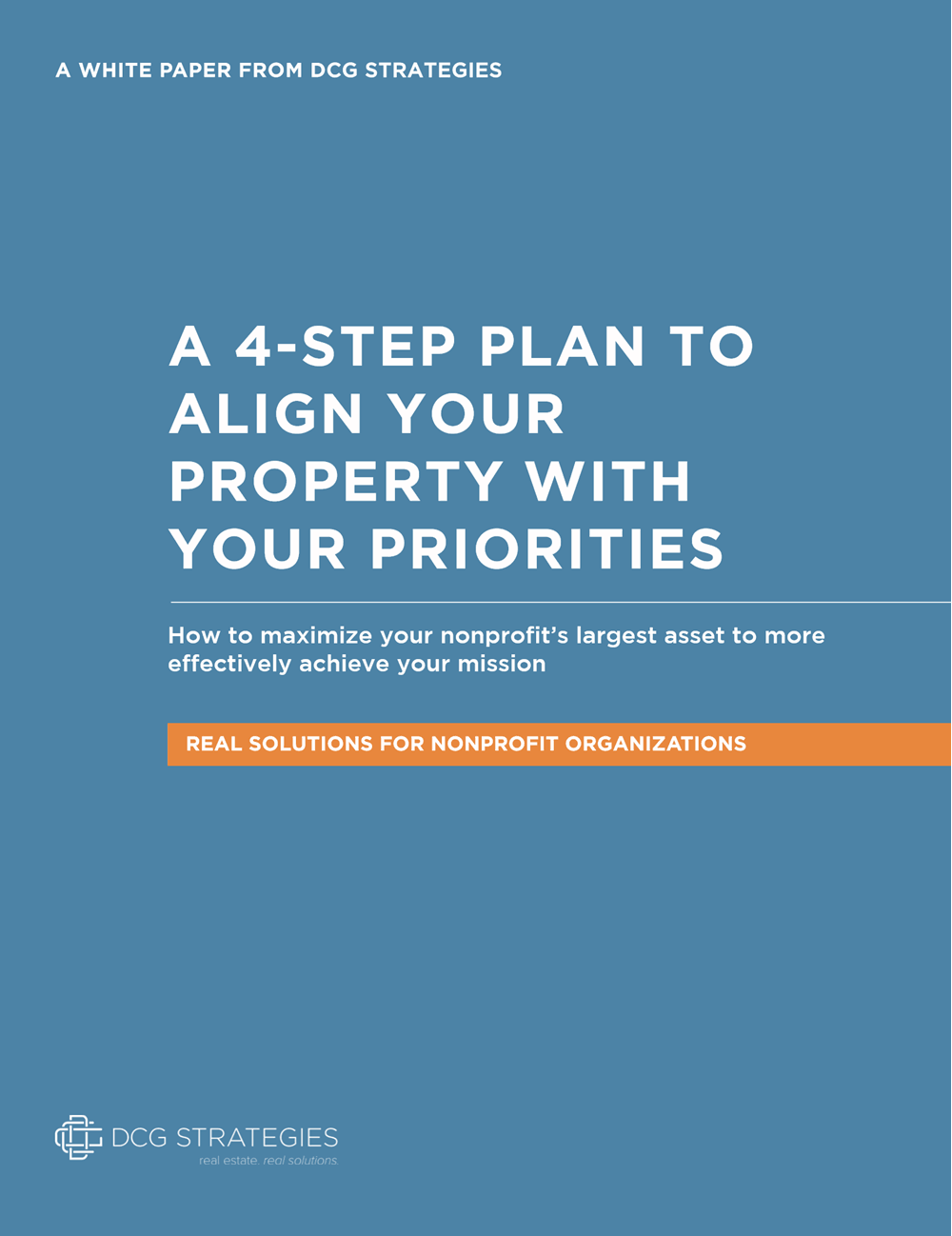Waiting at the DMV and other government agencies can seem like an eternity, but it doesn’t have to be that way.
Image source: Flickr CC User Omar Barcena
There’s an inherent paradox when it comes to government buildings. They are there to serve the public and perform vital services that would otherwise become an unregulated hodgepodge. Unfortunately, because these are vital services, it means that everyone needs them. This leads to the misery of endless waiting. Everyone is in line for the same thing, making these important services seem more like a chore.
Anything that government buildings can provide – from business permits to immigration help to drivers licenses – can seem like a burden to people who have to navigate endless wait times and seemingly arbitrary lines. For decades, it seemed like there was no way out of this cycle. After all, people had to be there and you only had one building. Lately, planners have begun to look at how they can best use the available space in order to improve wait times at DMVs and other local government agencies. Knowing how to do this can prevent the need for costly expansion and can reduce the real estate costs for your municipality.
Wait Times at DMVs – An Old Joke and an Older Problem
For the purpose of this article, let’s focus in on wait times at DMVs. After all, they’re the old standby for many a comedian and cartoonist. These old jokes ignore the fact that the huge majority of workers are dedicated public servants and the wait times are seemingly built into the system.
It isn’t news that everyone hates waiting. Our minds play tricks on us to make time go by more slowly, which leads to irritation and a reluctance to go through the process of getting a license. But this can change, and it doesn’t have to break the real estate bank.
Solutions for Reducing Wait Times
Remove the Mystery of Waiting
Uncertainty is the worst part of waiting. Giving DMV patrons the chance to estimate their wait times when they come in is an important part of improving the experience. Even providing markers that let patrons know how many minutes they have until they reach the front of the line can introduce structure to the process and allow people to make decisions. There are technologically savvy ways to do this, which we’ll discuss below.
Use Your Space to Create Different Lines
An unstructured line is essentially like a grocery store before there were Express Lanes. You may have just a few items, but you’re stuck behind full carts. It’s the same at a local government agency. Every office should have someone at the front who can guide people to appropriate lines, sectioned off in order of speed.
Embrace Technology
This is the biggest thing any government building can do. The State of New York dropped their DMV wait times over 100% in just two years, thanks to an embrace of technology. There were similar improvements in Connecticut and Colorado. They all looked at similar methods:
- Use of Kiosks. Much like at an airport where you can check in and print your ticket, a kiosk allows you to take care of nearly everything before you even have to get in line. You can change your address, update voter registration, renew your license – just about everything except driving tests and vision checks. If you don’t need either of these, taking care of it at the kiosks and then just waiting briefly to take the new picture (if needed) and to get the actual license is a breeze.
- Online services. If patrons can take care of this business at home, they should be able to. Imagine being able to upload your information from your smartphone and then go in and pick it up without waiting for hours. This won’t eliminate the need for kiosks, but it can reduce them and shorten lines.
- Wait estimations for mobile devices. Even if you’ve uploaded your info, you may not want to wait in line. You can have your info uploaded and see that there is only a 10 minute wait for pickup, so you pop in. Or if you see there is an hour, you can do some shopping first. You might receive a text when your license is ready.
These can apply to all government buildings. Increasing populations might seem to require larger spaces and longer wait times, but a smart use of space, as well as a willingness to make the initial monetary outlay for technology, can lower real estate costs and improve overall experience. This puts the “service” right back in “public service”.
If you need a property evaluation so you can best utilize your existing assets, you don’t have to go it alone. You can get a thorough analysis from a consultant whose community values align with your own. Contact DCG Real Estate today to learn more.





